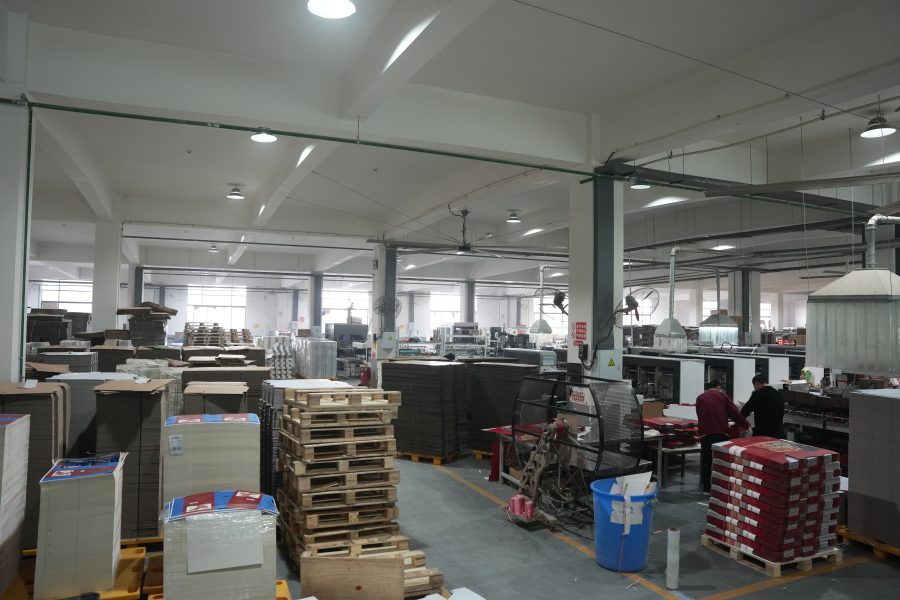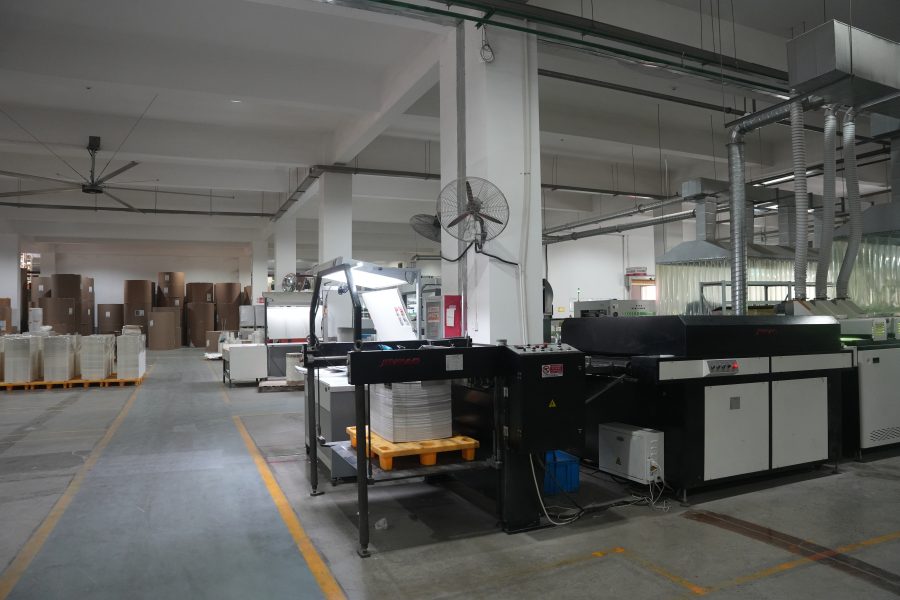What Are the Considerations When Choosing Between Offset and Digital Printing in China?
In today’s competitive printing market, businesses in China and around the world must carefully choose between offset printing and digital printing to suit their specific needs. Each printing method has its own strengths, limitations, and ideal applications. When selecting the best option for your project, several important factors should be taken into account to ensure quality, cost-efficiency, and turnaround time.
1. Print Volume Requirements
One of the key factors to consider is the size of your print run. Offset printing is more cost-effective for large-volume orders because the setup costs are higher but the unit price decreases as the quantity increases. In contrast, digital printing is ideal for small to medium quantities, as it requires minimal setup and allows for affordable short runs without compromising on quality.
2. Printing Quality & Color Consistency
If achieving the highest possible print quality and color accuracy is a priority, offset printing generally offers superior results. Offset technology uses custom plates and inks, producing sharp images and rich, consistent colors across every sheet. Digital printing has improved significantly and can now deliver excellent quality, especially for text and simple graphics, but may still show slight variations in color over larger runs.

3. Customization and Variable Data
For projects that require variable data printing (such as personalized names, QR codes, or unique serial numbers), digital printing is the better choice. It allows easy customization from one print to the next without the need to change plates. Offset printing is not practical for this type of work, as creating new plates for every variation would be time-consuming and expensive.
4. Turnaround Time
If your project demands fast delivery, digital printing is the preferred method. With no need for plate-making or complex setup, digital presses can start printing immediately after receiving the final file. Offset printing requires additional time for plate creation and machine calibration, making it less suitable for last-minute or urgent projects.
5. Cost Considerations
Cost is always a major consideration. For large orders, offset printing tends to be more economical on a per-unit basis, despite its initial setup expenses. Digital printing is usually cheaper for small quantities, as it eliminates setup fees and offers flexible pricing for lower volumes. Clients should weigh these factors based on their project size and budget.
6. Paper and Material Options
Offset printing provides greater flexibility when it comes to paper types, finishes, and sizes. It can handle a wide range of specialty papers, coatings, and formats, making it ideal for premium products like brochures, catalogs, and luxury packaging. Digital printing has limitations in paper selection, though recent advancements have expanded its capabilities to handle heavier stocks and a wider range of finishes.

7. Sustainability and Waste
In terms of environmental impact, digital printing generally produces less waste because it doesn’t require plates, chemicals, or significant paper overages for setup. It’s ideal for eco-conscious projects or companies aiming to reduce their carbon footprint. Offset printing can produce more waste during setup and may involve chemicals, although many modern Chinese offset printers now use environmentally friendly inks and processes.
Conclusion
Choosing between offset and digital printing in China depends on several factors: print volume, quality, customization needs, turnaround time, budget, material options, and sustainability goals. By carefully evaluating these considerations, businesses can select the most appropriate and efficient printing solution for their specific requirements. As printing technologies continue to advance, both methods are becoming increasingly versatile — offering customers in China and beyond high-quality, reliable results tailored to their unique project needs.







